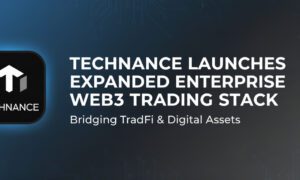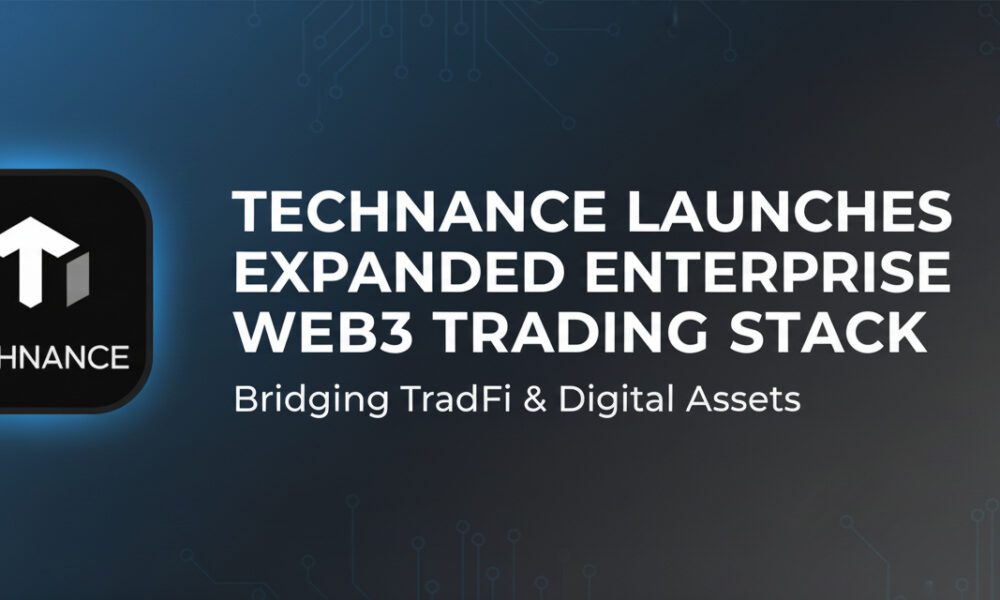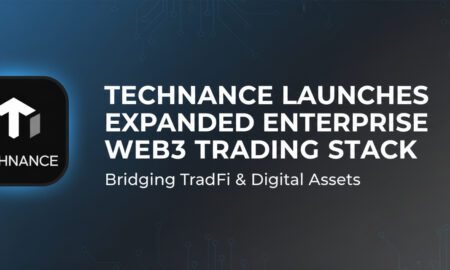Introduction
In the world of cryptocurrency and blockchain technology, the terms “Bitcoin” and “blockchain” are often used interchangeably, leading to confusion among newcomers and enthusiasts alike. While both Bitcoin and blockchain are revolutionary in their own right, they serve distinct purposes and operate on entirely different principles. In this comprehensive guide, we will delve deep into the heart of these two concepts, exploring their differences, functions, and the impact they have had on the world of finance and technology.
What is Bitcoin?
Bitcoin, often referred to as “digital gold,” is the pioneer and poster child of cryptocurrencies. Created by an anonymous person or group of people using the pseudonym Satoshi Nakamoto, Bitcoin was introduced in 2008 through a whitepaper titled “Bitcoin: A Peer-to-Peer Electronic Cash System.” It was later launched as open-source software in 2009.
Bitcoin’s Core Concept
At its core, Bitcoin is a decentralized digital currency that enables peer-to-peer transactions without the need for intermediaries like banks or governments. It operates on a revolutionary technology called blockchain, which we’ll explore shortly. Bitcoin’s primary function is to act as a store of value and a medium of exchange.
Key Features of Bitcoin
1. Decentralization: Bitcoin operates on a decentralized network of computers (nodes) worldwide. No single entity or government has control over it.
2. Limited Supply: There will only ever be 21 million bitcoins in existence. This scarcity is designed to mimic the scarcity of precious metals like gold.
3. Anonymity: While Bitcoin transactions are pseudonymous, they are not entirely anonymous. Users are identified by a unique alphanumeric address.
4. Security: Bitcoin uses robust cryptographic techniques to secure transactions and wallets, making it extremely difficult for unauthorized access.
5. Transparency: All Bitcoin transactions are recorded on a public ledger known as the blockchain, ensuring transparency and accountability.
6. Borderless: Bitcoin transcends geographical boundaries, allowing for international transactions with ease.
7. Ownership Control: Users have full control over their Bitcoin holdings, eliminating the risk of confiscation by third parties.
What is blockchain?
A blockchain is the underlying technology that powers Bitcoin and a myriad of other cryptocurrencies. It’s essentially a distributed, decentralized ledger that records all transactions across a network of computers. This ledger is made up of a chain of blocks, where each block contains a list of transactions. These blocks are linked together in chronological order, creating a secure and immutable record of all transactions.
Core Concepts of Blockchain
1. Decentralization: Like Bitcoin, blockchain operates on a decentralized network. This means there’s no single point of control, making it highly resistant to manipulation or censorship.
2. Consensus Mechanism: Blockchains rely on a consensus mechanism, such as Proof of Work (PoW) or Proof of Stake (PoS), to validate and record transactions.
3. Immutability: Once a block is added to the blockchain, it becomes nearly impossible to alter or delete the information it contains, ensuring data integrity.
4. Transparency: All transactions recorded on the blockchain are transparent and accessible to anyone with an internet connection. This fosters trust and accountability.
Key Features of Blockchain
1. Smart Contracts: Some blockchains, like Ethereum, support smart contracts, self-executing contracts with the terms of the agreement directly written into code. They enable automated and trustless transactions.
2. Security: Blockchain’s cryptographic security ensures the authenticity of transactions and data.
3. Trustless System: Participants in a blockchain network do not need to trust each other. They trust the system’s consensus rules, which are enforced by the network itself.
4. Distributed Ledger: The ledger is distributed across multiple nodes, reducing the risk of a single point of failure and enhancing resilience.
5. Use Cases Beyond Cryptocurrency: Blockchains have found applications in various industries, such as supply chain management, healthcare, voting systems, and more.
Key Differences Between Bitcoin and Blockchain
Now that we have a clear understanding of both Bitcoin and blockchain, let’s explore the fundamental differences between the two:
1. Purpose and Function
Bitcoin’s primary purpose is to serve as a digital currency. It was created as an alternative to traditional fiat currencies, enabling peer-to-peer transactions without intermediaries. Its main use cases are as a store of value, a medium of exchange, and an investment asset.
Blockchain, on the other hand, is a technology that serves as a decentralized ledger for recording transactions. It has a wide range of use cases beyond cryptocurrencies, including supply chain management, voting systems, identity verification, and more. Blockchain is a tool for creating trust and transparency in various industries.
2. Ownership
Bitcoin is a digital asset that can be owned and held by individuals or entities. Users can buy, sell, and transfer Bitcoin between wallets, and its value can fluctuate in the open market.
Blockchain is not an asset but a technology infrastructure. It’s a decentralized network that facilitates the recording of transactions. Ownership in the context of blockchain typically refers to owning a node that participates in the network’s validation process, not the technology itself.
3. Cryptographic Security
Both Bitcoin and blockchain rely on cryptographic security, but the way they use it differs. Bitcoin uses cryptography to secure transactions and ensure the integrity of the blockchain. It also employs cryptographic techniques for wallet security.
Blockchain uses cryptography to secure the data within each block and to ensure that once a transaction is added to the chain, it cannot be tampered with. The security aspect is consistent across various blockchain applications.
4. Economic Value
Bitcoin has economic value and is traded on various cryptocurrency exchanges. Its value can be volatile, and it is often used as a speculative investment.
Blockchain itself does not have economic value in the same way Bitcoin does. However, the applications built on blockchain technology can create economic value in their respective industries.
5. Anonymity vs. Transparency
Bitcoin transactions are pseudonymous, meaning they are linked to unique addresses, not personal identities. While this offers a level of privacy, it is not entirely anonymous, as blockchain analysis can often de-anonymize users.
Blockchain transactions are transparent and open for anyone to view. This transparency is a key feature of blockchain technology, ensuring trust and accountability in various use cases.
6. Scalability
Bitcoin faces scalability challenges in terms of transaction processing speed and cost. The network’s limited block size and Proof of Work consensus mechanism can result in slower transactions and higher fees during periods of high demand.
Blockchain technology is highly scalable and can be adapted to suit the needs of specific applications. Some blockchains, like Ethereum, are working on scaling solutions to improve transaction throughput and reduce costs.
7. Governance
Bitcoin’s governance is decentralized, with decisions made by miners and node operators following the Nakamoto consensus rules. Changes to the Bitcoin network require a high degree of consensus among stakeholders.
Blockchain projects can have different governance models, some involving the use of tokens for voting rights and decision-making. Governance structures vary widely among blockchain platforms and can be tailored to the specific needs of the project.
Conclusion
Understanding the differences between Bitcoin and blockchain is crucial for anyone looking to navigate the world of cryptocurrencies and decentralized technologies. Both have played a significant role in reshaping the financial landscape and have the potential to revolutionize many other industries in the future. Whether you’re considering investing in Bitcoin or exploring blockchain applications, this knowledge will be invaluable as you navigate this exciting and rapidly evolving ecosystem.



































